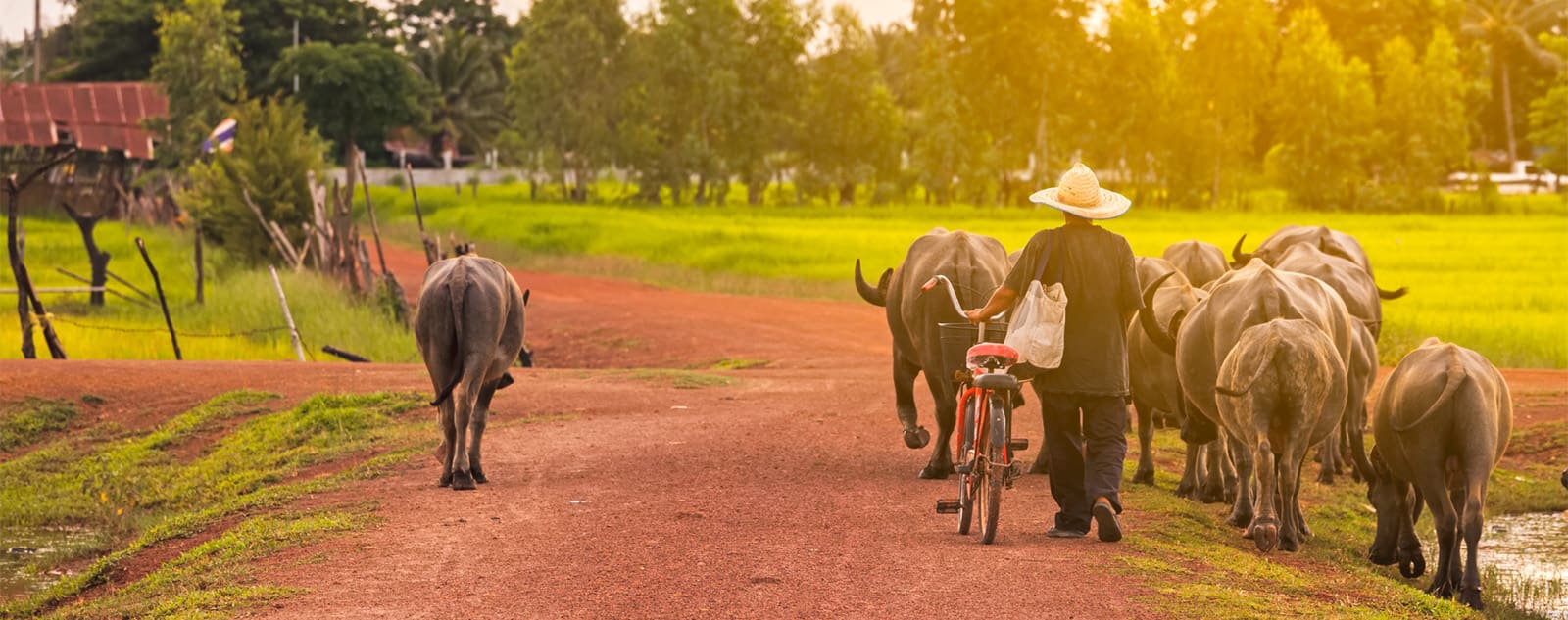As teams arrive in Iqaluit for the first spring rotation of clinics in Canada’s arctic, three volunteers who traveled with us in November reflect on their experiences. Dr. Tasha Clark, Bronwyn Bush, and Dr. Trace MacKay shared their stories of resilience, warmth, and the meaningful connections formed in the remote communities of Nunavut.
"Our first patient arrived in the dark, on a snowmobile," said Dr. MacKay, when sharing her favourite clinic moments. "I followed them outside to see them off after their appointment, and the dog hopped right on the machine and let out a howl as his person shouted out a heartfelt thank you," she added. For her, this moment encapsulated the appreciation and unique bond between the community, their animals, and volunteers.

For Bronwyn Bush, a veterinary technologist and first time Veterinarians Without Borders (VWB) volunteer, her favourite memory was more of a feeling. “I felt embraced and valued as a team member," Bronwyn explained. "Out of clinic hours, I felt a sense of friendship and caring that I will never forget. It was such a great team to be a part of!”
As it was Bronwyn’s first time up North, a big learning for her was exactly how remote the communities would be until she was there experiencing, how cold it can get and how challenging bringing supplies into the community can be.

As part of the team that visited the Nunavut communities of Gjoa Haven and Taloyoak, they quickly became familiar with the challenges of traveling in the North during winter. When asked what advice they have for future volunteers, they shared: "Be prepared for anything! When mechanical and weather delays prolonged our stay, you just have to go with it."
This adaptability and resilience are central to VWB's northern program’s volunteer experience and some of the most important skillsets we look for in a team. Dr. MacKay added that patience, flexibility, and a sense of humour are mandatory!
What stands out most for Dr. Tasha Clark is the value of the community partnerships. She explained that meeting people in the communities, knowing that they are there at the community's request, is a highlight. “The support is fabulous and we could not do it without them," said Dr. Clark.

Bronwyn adds that doing house visits was also a highlight for her. “It helped community members access our services, even if they were not able to transport the dogs, or themselves," said Dr. Clark. "This approach not only provides immediate veterinary services but also fosters an environment where the community feels supported and valued," she added.
For all three, it was a rewarding trip and summarized well by Dr. MacKay, who said: "Supporting community members in caring for their animals fills my cup and recharges my 'vet battery'."





